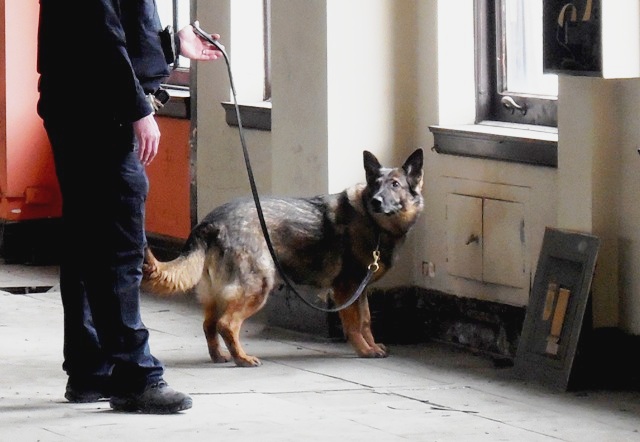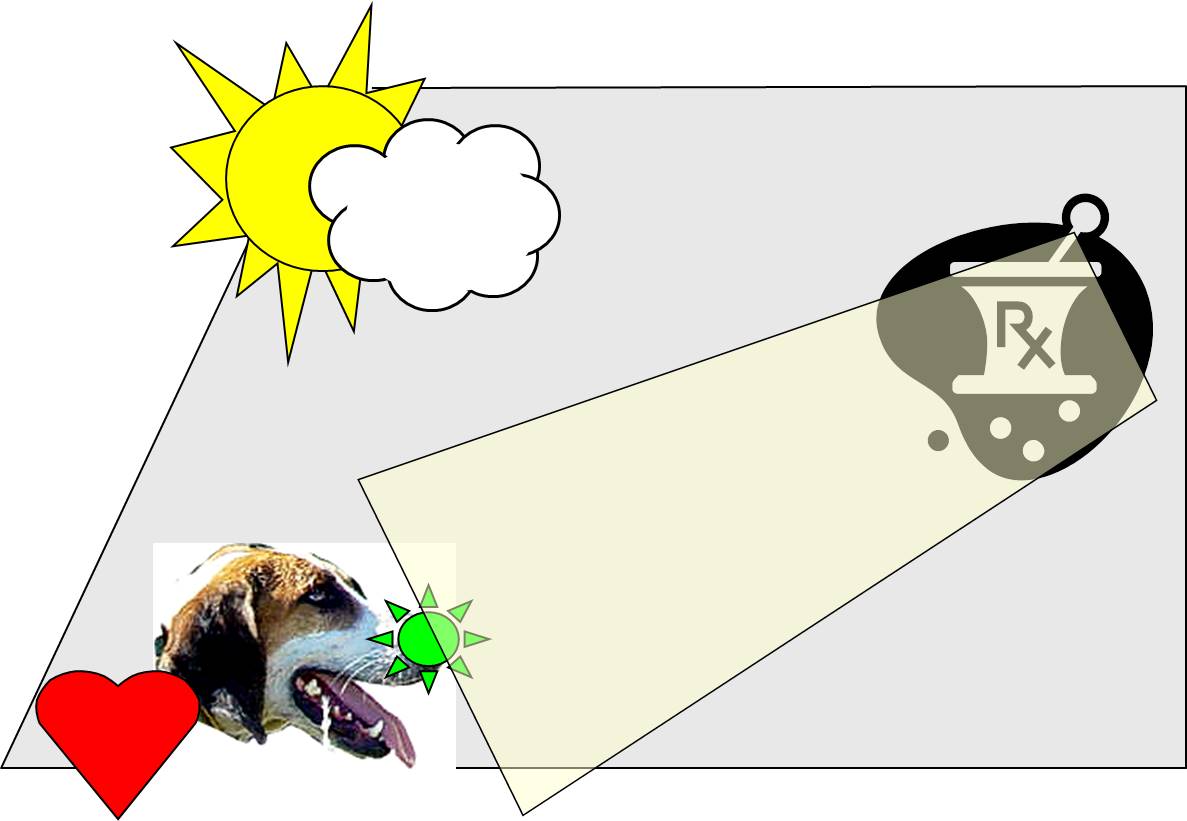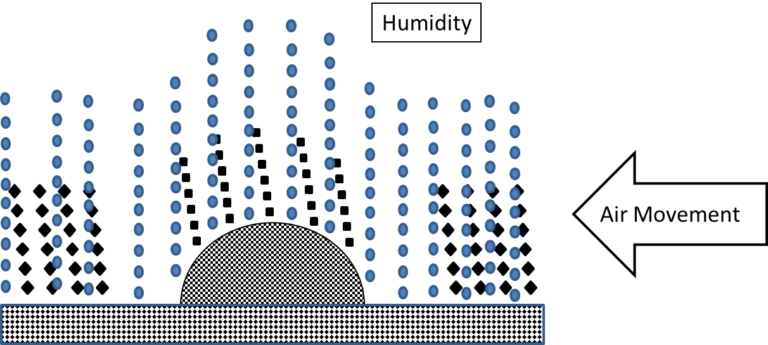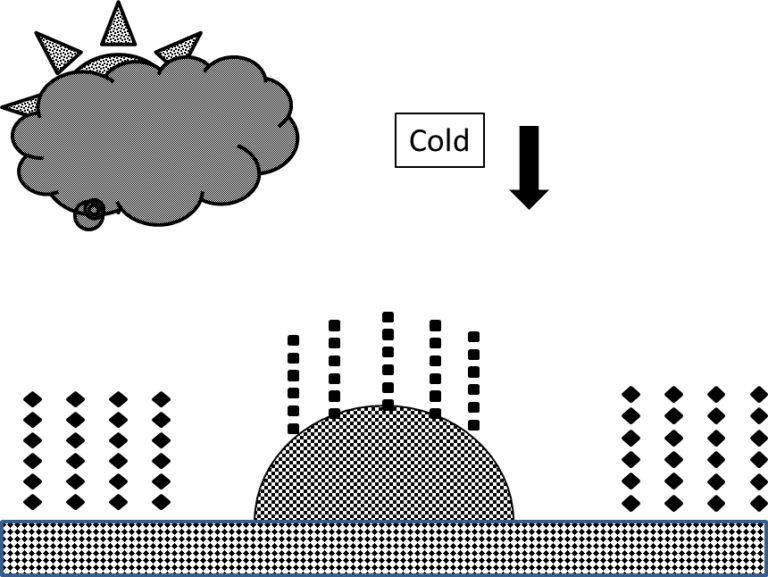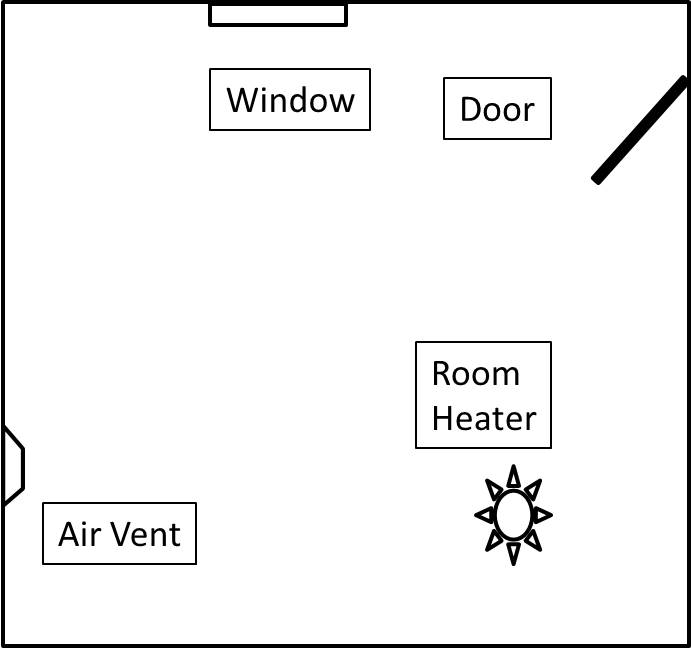
Hunting Dogs, Detection Dogs, Scent Dogs, Tracking Dogs, Search and Rescue dogs are just some of the dogs that use their nose on a daily basis in their work. Odor detection in the dog is a very complex activity which is very hard for a human to understand. Our primary sense of recognition is vision. Although we use the other senses (touching, hearing, smelling and tasting) to help us to understand our surroundings, our main understanding of our world is through what we see. The dog, on the other hand, is much more adept at using their other senses. Their sense of smell plays a major role in how they evaluate and understand their world and what is in it. This is tough for a human to understand as we cannot see scent. In our world it is hard to understand why a dog would spend any duration of time smelling the base of a tree. We cannot see nor sense anything at the base of the tree but the dog is getting a wealth of information from the various smells that are produced by the tree and the other actions that have happened at the tree. They also remember these smells and use them to assess events and happenings. The smells may have changed related to what has happened at the tree since the last time they encountered that tree. Many athletic or working dogs utilize scent in their daily activities. There are two parts to a detection activity or hunting activity, the environmental conditions and abilities of the dog. This article will address the basics of scent, scent production and scent maintenance.
The scenting factors include 1) scent production, 2) scent maintenance, 3) scent reception and 4) physiological abilities (Figure 1). There must have been something present that could produce a scent. The environment must be able to maintain the scent at a level that the dog can pick it up. Air movement, humidity and temperature are just some of the factors that affect how the environment maintains the scent. The dog’s olfaction system must function at a level to detect the scent. The dog’s body must be physically able to get it to the scent and after the dog has detected the scent it may need the energy to pursue the scent’s source.
Figure 1. Scent Production and Maintenance. Typically there is an object or odor source. This emits a scent that disperses into the air. This will need to reach the dog or the dog will not recognize it. The dog needs to be physically able to run around in a field, work a room or area to find the odor. Once it reaches the dog, the dog will need to recognize this scent from all other odors in the air. Once recognized, the dog should respond according to its training. If need be, the dog may need to chase after the source.
Scent
Olfaction is the scientific term used to describe the the sense of smell. A human minimally uses their sense of smell, especially when compared other animals. They have olfactory capabilities but they are not fully trained to use them at a high level. Everything produces a smell or an odor. We are just not capable of smelling everything. Of what we can smell, we selectively smell odors that we recognize or are very strong. This does not mean that the other components of the space around us do not have have an odor. One way to describe the world of scent is likening it to a stew (Figure 2a). A stew is made up many ingredients that come together as one smell. We may smell some of the components within the stew but it does not mean that the other components are not producing a smell, we just are not capable of discerning them (Figure 2b).
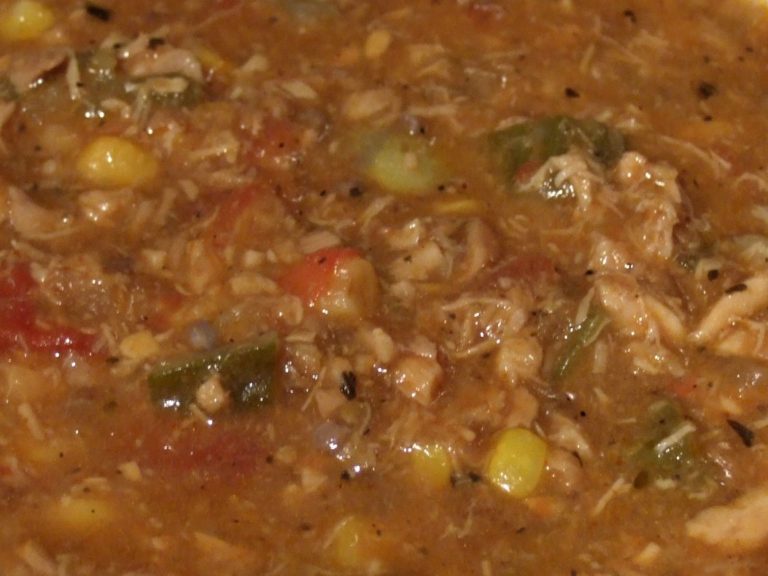
Figure 2a. A stew is made up of many ingredients with each one producing an odor.

Figure 2b. The ingredients of the stew combine together as one smell, although we may recognize the smell of certain ingredients within the stew.
Environmental Smells
As stated earlier, everything produces an odor or smell. This means that there is a very complex compilation of smells around us. The dog recognizes this and uses the resultant scent image to help understand and assess their world. Much like the stew these odors are mixed together (Figure 3a). Dogs have are better able to discern the components of the scent image (Figure 3b). The human will only have a visual concept of the environment (Figure 3c). We are not able to conceive all of the information that a dog uses to understand the world around it. If a dog is trained to recognize a specific smell, it will search within their scent image for that specific smell.

Figure 3a. The objects around us combine together as one smell, although we may recognize the smell of certain objects within our environment.
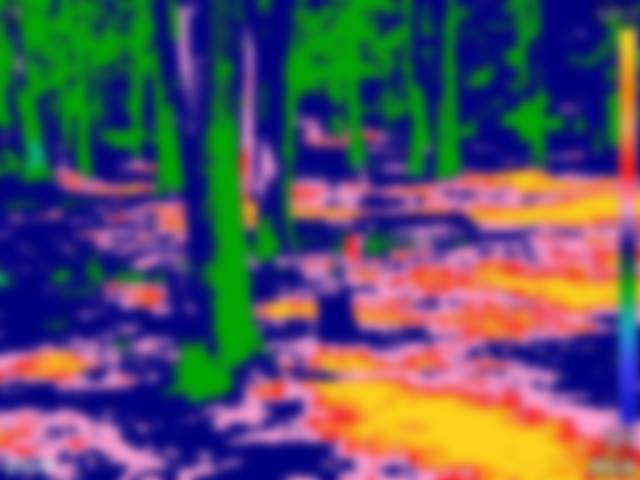
Figure 3b. The objects around us combine together as one smell but dogs are better able to discern the components within the scent image.
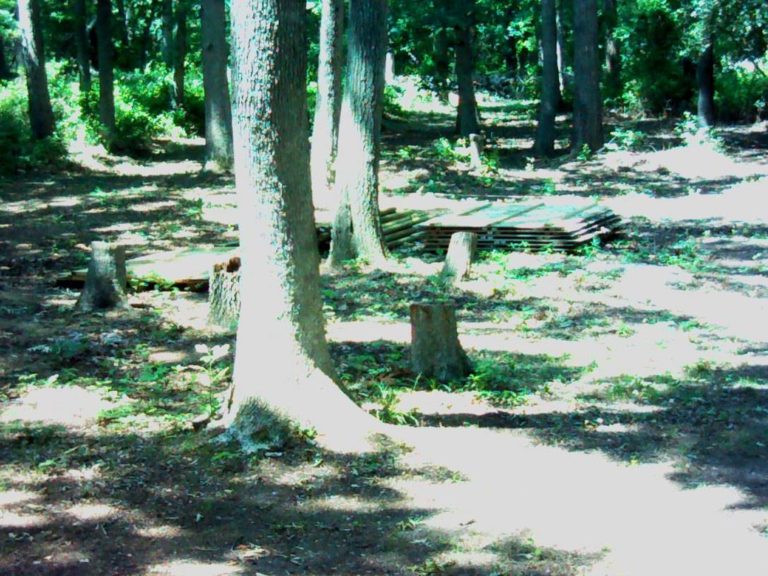
Figure 3c. The visual image that we see does not allow us to see the full Sight/Scent image that the dog conceives.
Scent management
All objects are made up of small particles or molecules. Over time these objects emit or release these molecules into the air. These molecules make up that object’s scent or odor (Figure 4a). It is these particles that the olfactory system uses to recognize scent. Learning to recognize scent is a form of sensory learning. Learning that certain scents are related to certain objects or materials is a learned behavior. A human learned that the smell emitted by a warm, tasty cake from the kitchen was good thing, they were not born with that sense. Dogs learn scent recognition the same way, they just have much better scenting abilities. Residual odor is when an object is removed but the scent particles are still present (Figure 4b). An object’s residual odor is dependent upon the object’s composition and the amount of time it was present at the location.
Figure 4a. Each object emits small particles (molecules) unique to its makeup. Two objects will have two types of molecules emitted.

Figure 4b. After the object is removed odor particles are left behind and are still present.
The micro-environment around the objects affects how the scent particles act as they float away from the object. Air movement or wind will push or direct these particles accordingly (Figure 5a). Other environmental factors also affect how these particles move. Humidity is related the amount of water molecules in the air. As humidity rises there is an increase in the density of the water molecules in the area around the object. These water particles will affect how the scent particles move in the air (Figure 5b). Heat causes an increase in molecular activity and air to rise (Figure 5c). Therefore an increase in heat will enhance the object’s molecules to release and rise. Cold will also affect scent particle movement. It is the opposite of heat. Cold reduces molecular movement and typically air to fall (Figure 5d). All of these factors are acting on the odor at all times.
Figure 5c. Higher temperatures increase molecular activity, resulting in an increase in object particle emission.
As the odor spreads it will go through environmental variances. A thermographic image helps to understand temperature and environmental variances. The scent dispersion can be affected by the solid objects in the area. These will disrupt air flow much like rocks in a stream. Desks, chairs, trees, rocks or similar solid objects will act on the air flow or how the scent disperses or flows in an area (Figure 6). This also applies to the other environmental factors. As an odor is dispersed throughout a room it can be affected by the air flow, temperature variances, objects, etc. (Figure 7). The odor may move and gather, or accumulate, in a distant location away from the object. A dog may first identify the odor at one location in the area and follow the scent to another location where the odor is the strongest, usually the odor’s source or object.
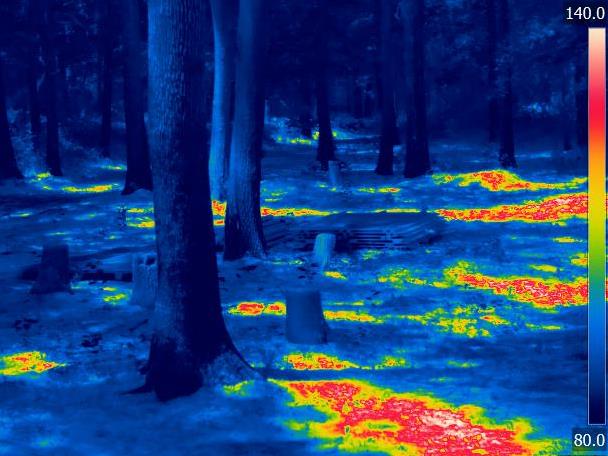
Figure 6. Environmental factors will affect how scent is dispersed.
Figure 7. Odor flow will be affected by the various environmental factors within a room, i.e. air flow, temp changes, etc.
Summary
Canine olfaction is a very complicated multi-factorial activity. The environment is filled with odors produced by everything within it. Dogs have an elite ability to detect various odors within layers of other odors. Once a dog is trained to identify an odor and begins to utilize this skill set in its work or competition, it is important for the dog’s handler to have at least a basic understanding of odor production and management. A scent source emits molecules or scent particles that disperse into the air. A residual scent can be left in an area where an object was placed. Air movement, environmental temperature, humidity are just some of the environmental factors that affect how the scent flows through the air.
References
Gillette, RL, Optimizing the Scenting Ability of the Dog, The Athletic & Working Dog Newsletter, 3:3, pp 1-4, 2004.
Holloway, CL, Loss of Olfactory Acuity in Hunting Animals, The Auburn Veterinary Journal, Fall 1961, pp. 25 – 28.

